Oriental spruce (ORS)
Oriental spruce is a medium-sized conifer native to mountainous areas in Caucasia and north-eastern Turkey. It is an important timber species with wood qualities equivalent to Norway spruce. The species will hybridise freely with other spruce species. Oriental spruce has demonstrated some potential as an alternative species and could be planted where conditions suit as part of forest diversification.
Oriental spruce is categorised as a plot-stage species. These are species that have shown some positive silvicultural characteristics at the Specimen-stage and are now subject to further testing and development in a limited number of trial plots.
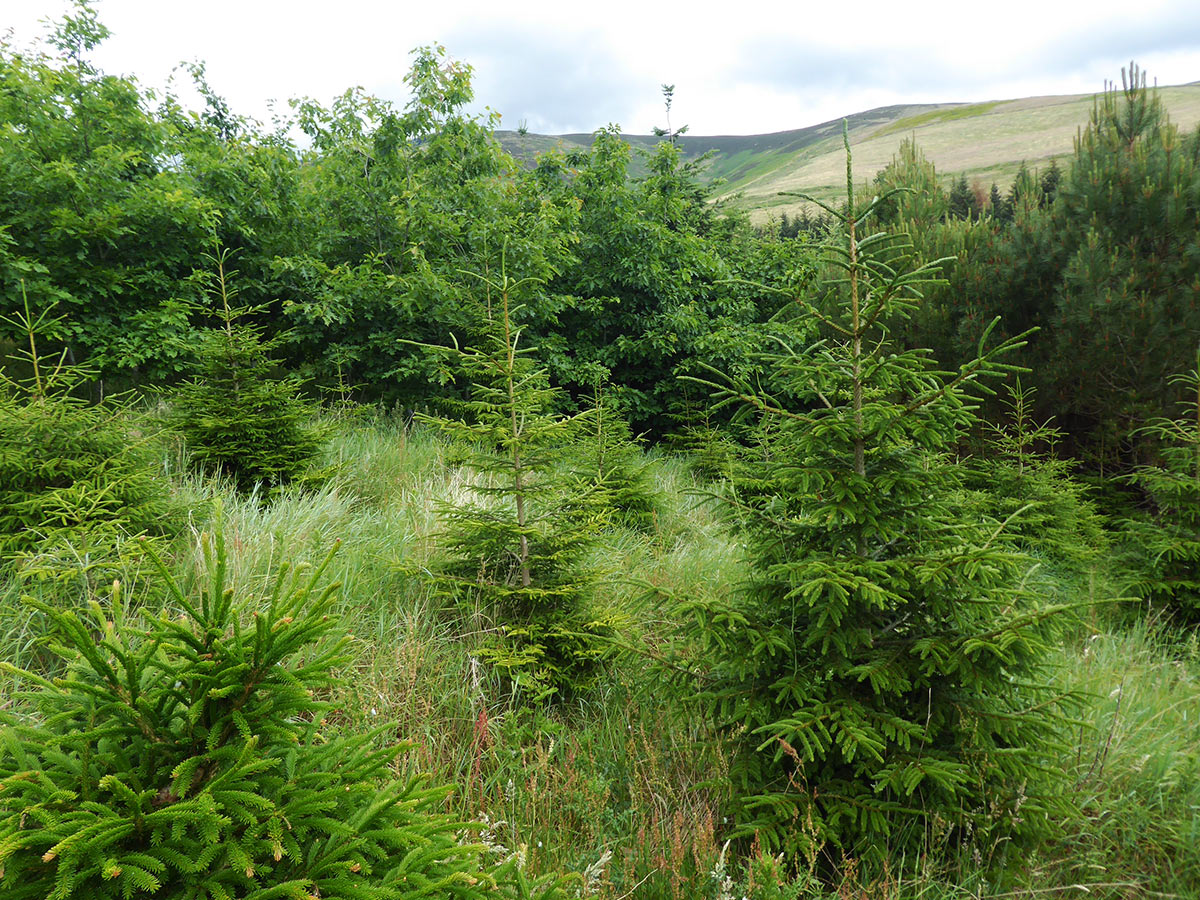
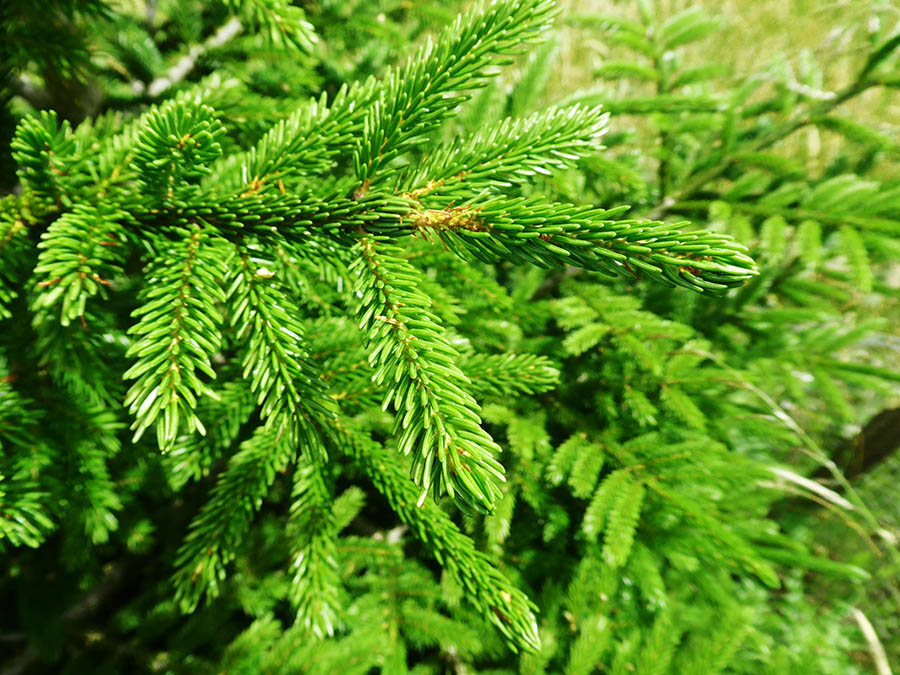
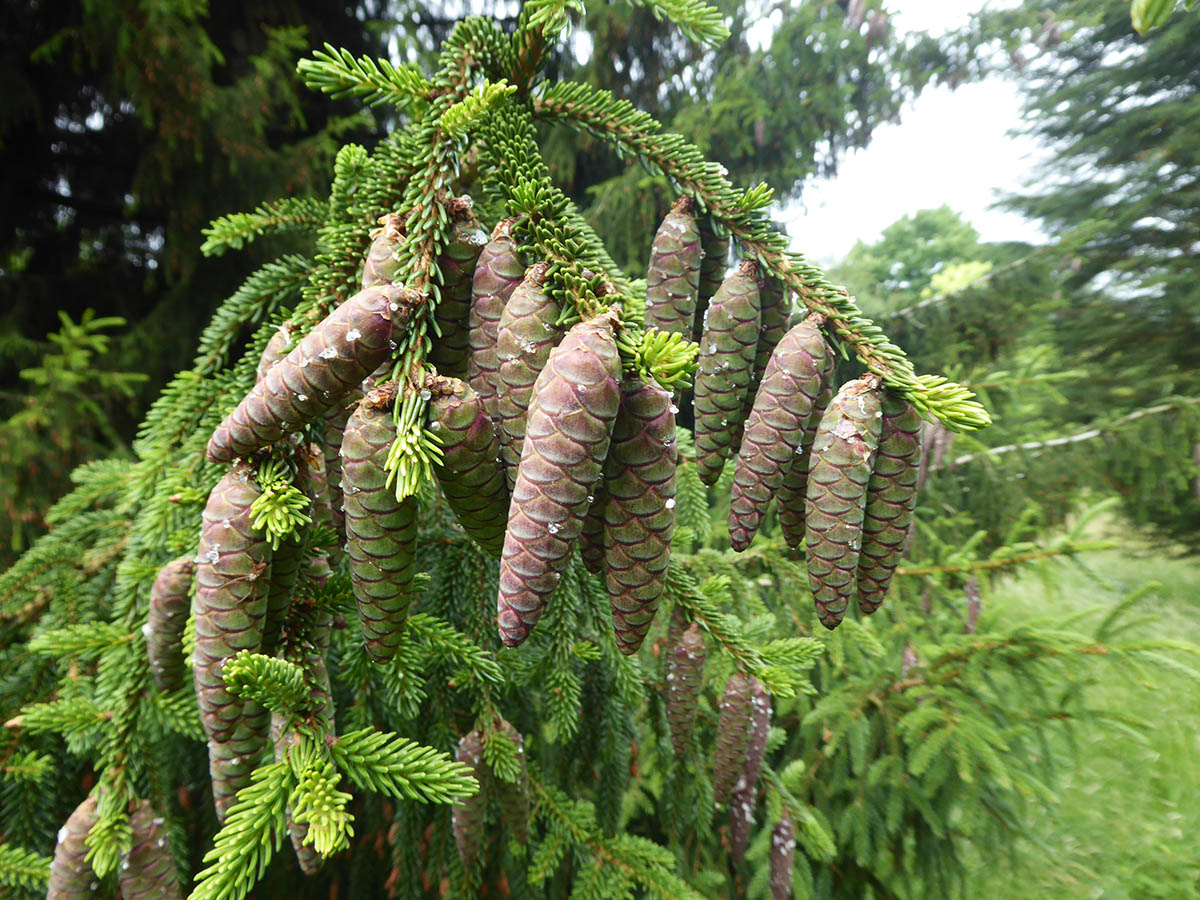
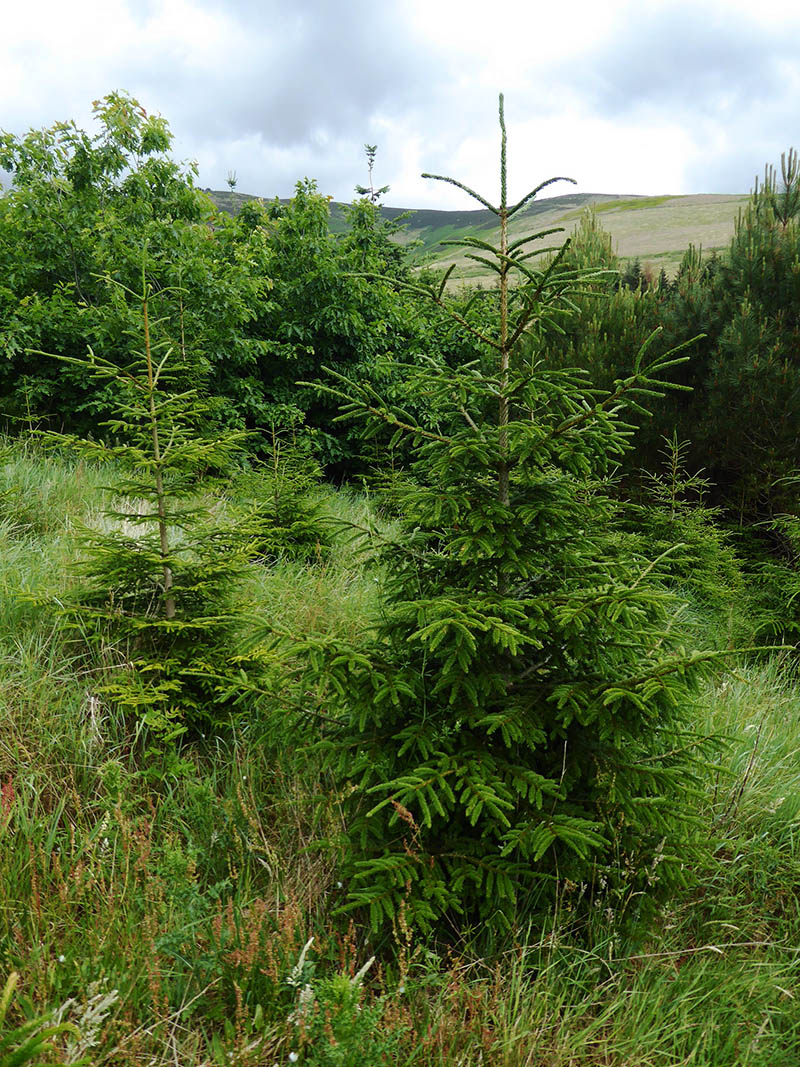

Range
Native to the Caucasus and to mountainous regions south and east of the Black Sea.
Provenance Choice
No provenance testing has been carried out in Britain and there are few established forest plots. The latter are likely to have been derived from small groups of specimen trees in arboreta and will have limited genetic diversity. Therefore, seed should be sourced from the natural range.
Key Properties
Site Requirements
A species that is adapted to warm summers and cold winters in a comparatively humid climate. It appears more tolerant of drier conditions than other common spruces. Annual rainfall in the natural range is upwards of 700 mm. Best suited to soils of poor to rich nutrient status and slightly dry to moist soil moisture. Does not tolerate peats but will grow on alkaline soils though less suited to the latter than Serbian spruce. It will suffer from heather check on sites of very poor soil nutrient regime. Should be cold hardy throughout Britain but only moderately tolerant of exposure; a very late flushing species and therefore can be used on sites prone to late spring frosts.
Further detail on the site requirements of oriental spruce in current and future climates can be examined using the Forest Research Ecological Site Classification Decision Support System (ESC).
ECOLOGICAL SITE CLASSIFICATION TOOL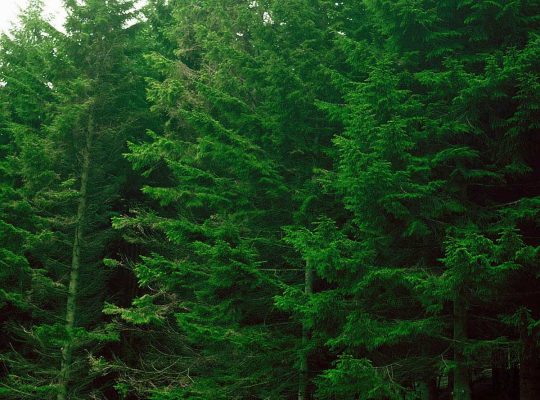
Silviculture
In general, the silvicultural practices used with this species should be similar to those employed with Norway spruce. Thus, it can be established satisfactorily in both open ground and under light shelter. Early growth can be slow, but it then grows quite vigorously, and will close canopy at around 20 years. Limited trial plots suggest productivity is the same as that of Norway spruce on the same site, reaching up to GYC 18 or 20 m3 ha-1 yr-1. Rotation lengths should also be around 55-70 years in even-aged stands.
The species grows in both pure stands and in mixture in its natural range. The species found in mixture with oriental spruce include oriental beech, Nordmann fir, and Scots pine. It is a shade tolerant species so could be used in continuous cover forestry.
There are no reports of natural regeneration in British forests nor any details of age and periodicity of coning. However, one would again expect this to be similar to experience gained with Norway spruce.
Producing suitable plants in the nursery can take several years and after planting trees can take more than 5 years to establish. If this production and establishment timescale can be accepted the species has the potential as an alternative to Sitka spruce and possibly Norway spruce in parts of eastern Britain where those species could be at risk under climate warming.
Pests and Pathogens
Oriental spruce is highly susceptible to great spruce bark beetle (Dendroctonus micans) but is generally considered to be largely disease free when growing in its native range; occasionally affected by some needle-cast and rust diseases. Oriental spruce is vulnerable to deer browsing.
See our other tools and resources
Further Resources
External
In addition to the general sources of information for species the following are useful for oriental spruce.
Reynolds, C. et al. (2021) Providing the evidence base to diversify Britain’s forests: initial results from a new generation of species trials. Quarterly Journal of Forestry 115: 26-37.
Savill, P., Wilson, S.McG., Mason, W.L., Jinks, R., Stokes, V., and Christian, T. (2017) Alternative spruces to Sitka and Norway: part 2: Oriental or Caucasian spruce (Picea orientalis), and the American and Asian spruces. Quarterly Journal of Forestry: 111, 88-97.




